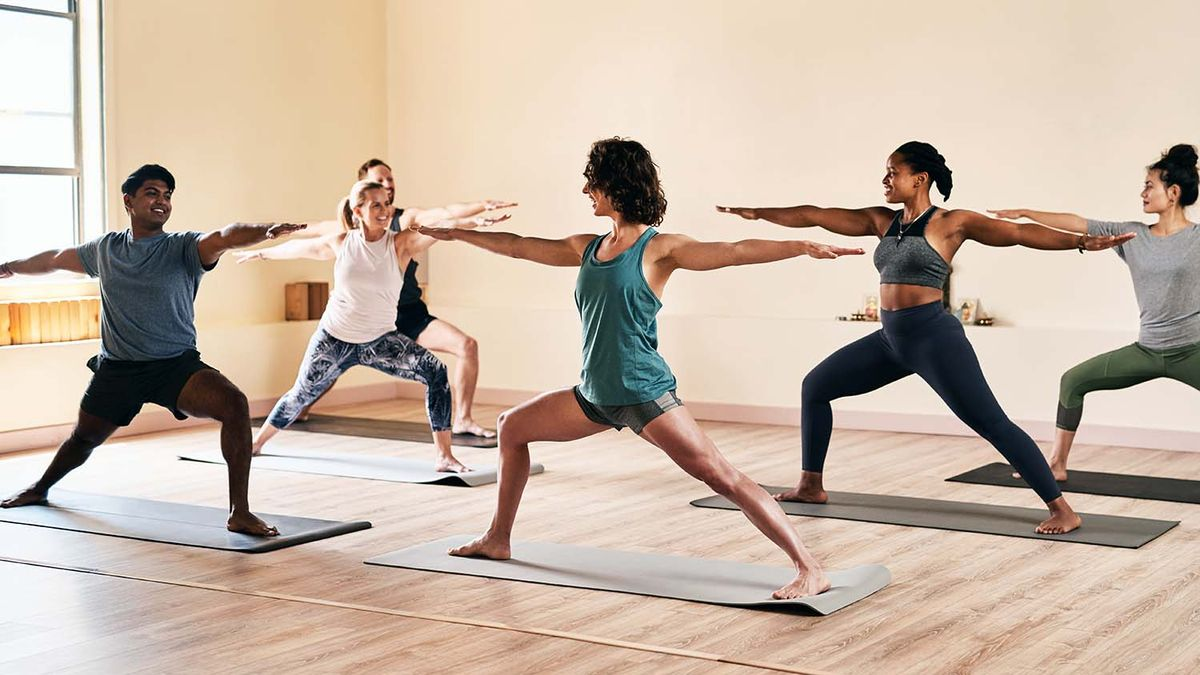Discover Your Perfect Healer Today!
Our online practitioner directory connects you with a wide range of healers to suit your unique needs.
Easily search and find the right professional to support your wellness journey.
Start exploring today to find your perfect match.
Modality
Disease
Books
Products
Events
Training
Blogs
Naprapathy
How to Practice Naprapathy at Home for Healing?
In the modern world, more and more people are seeking help from alternative health care and natural treatments as a way to restore order in ...
Read More → Written by
Michael Johnson
Target Page
Exploring the World of Yoga: A Journey of Discovery
Yoga is an ancient Indian philosophy that has globalized and had significant ramifications on physical, psychological, and spiritual well-being. The purpose of this blog post ...
Read More → Written by
Michael Johnson
Physical Therapy
How to Become a Certified Physical Therapy Practitioner?
Being a physical therapy practitioner is a rewarding, in its own proportion, career path that is achievable through commitment and education coupled with the desire ...
Read More → Written by
David Brown
Acupuncture
Navigating Discomfort: Understanding Pain and Care After Acupuncture
Acupuncture is an ancient traditional Chinese medical practice that entails sticking thin needles into specific body points in order to balance the flow of energy, ...
Read More → Written by
David Brown
Osteopath
Debunking Common Myths and Misconceptions about Osteopathy
Osteopathy is a form of health care that looks towards the treatment of the musculoskeletal system of the human body. However, despite its far-reaching benefits, ...
Read More → Written by
David Brown
Chinese Medicine
Uncovering the Hidden Toxins in Chinese Medicine
Traditional Chinese Medicine (TCM) has been practiced for thousands of years. With the increasing popularity of alternative treatments, this form of treatment has also gained ...
Read More → Written by
John Smith






